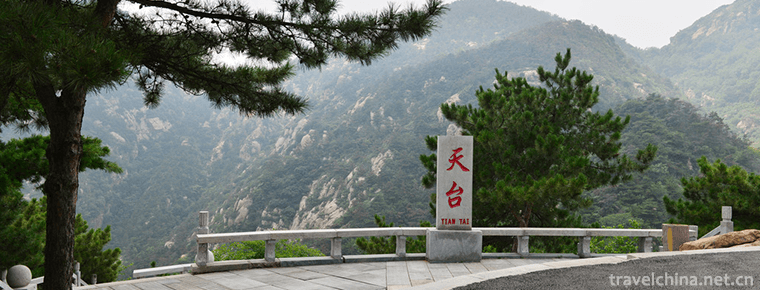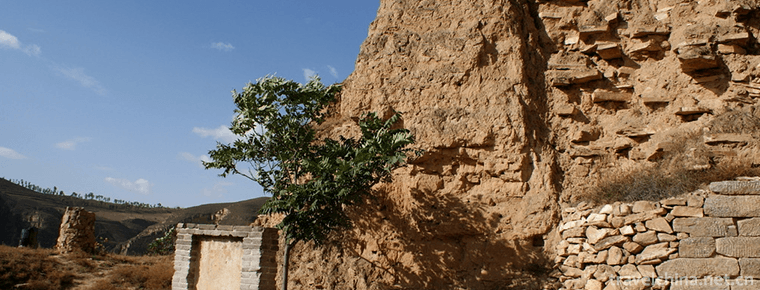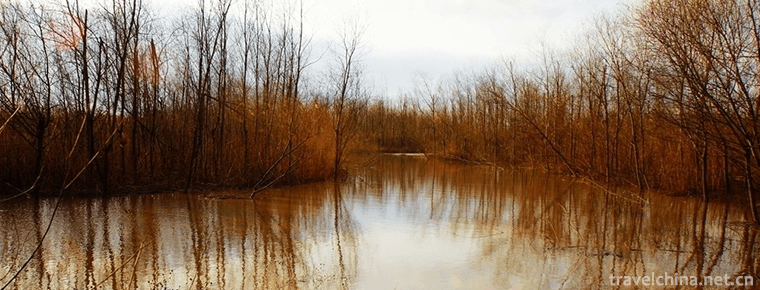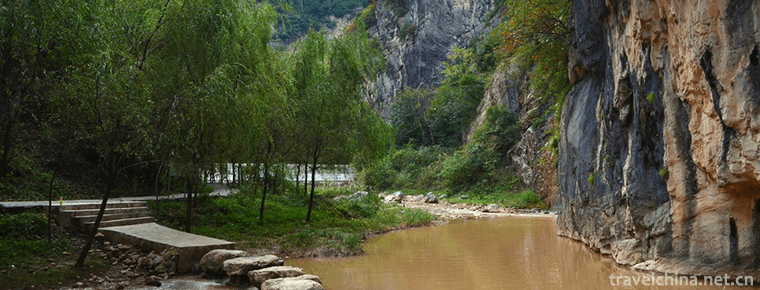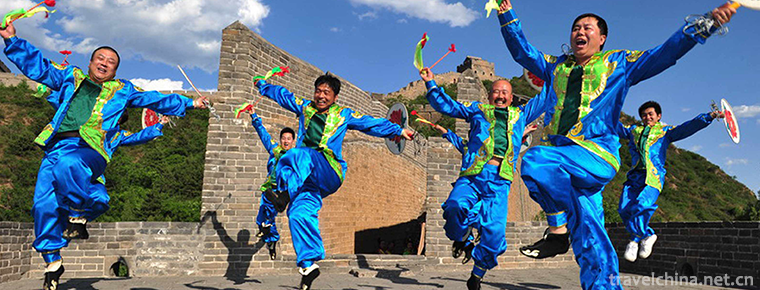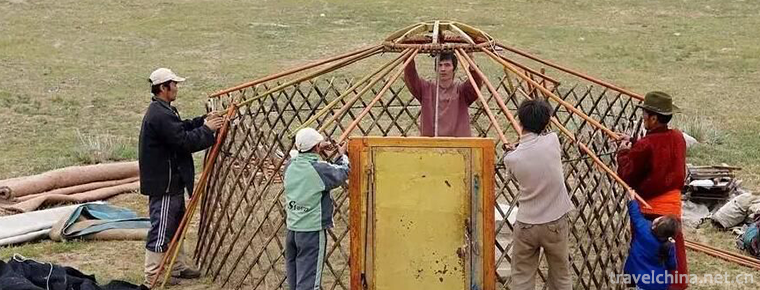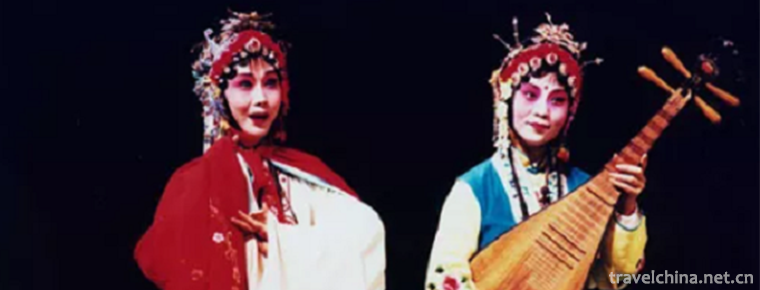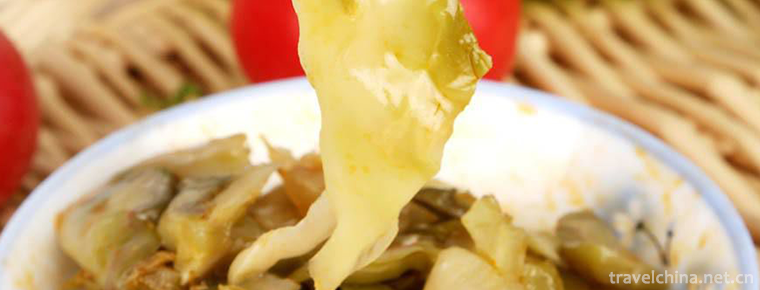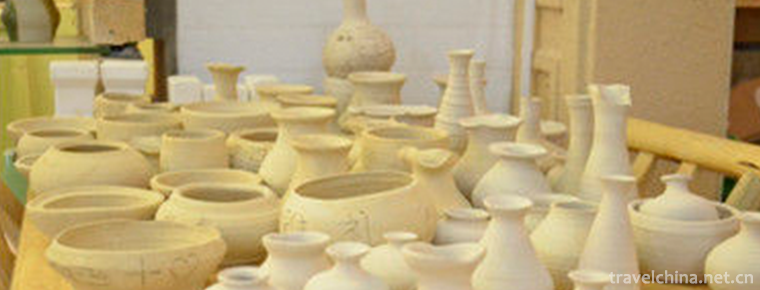Traditional fragrance making techniques
Traditional fragrance making techniques
Fragrance, originated from herbs, not only fragrance overflowing nose, but also eliminating pollution, curing illness, recuperating body and mind, in a relaxed and happy heart, helping people calm down.
The ancients had long known that incense made from natural fragrance and preservation of plant original state had the effect of nourishing the mind and mind.
In the ancient Chinese pharmacy book "Essentials of Materia Medica", there are records about burning aloes to nourish body and mind.
"The aloes are warm and all the trees float, while the aloes sink alone, so they can sink into the air and fall into spit and saliva. They can also fall or rise. Anger makes you angry, but calm makes you angry. The fragrance enters the spleen, so it can adjust the qi.
"Burning incense leads to a quiet walk and a clean feast." Su Shi's poem vividly depicts the life interest of Zhang Wenxiang by the literati at that time. However, to modern times, the long distance of tea is still rare, but the warmth of that fragrance is gradually fading away.
In 2014, traditional fragrance making techniques were listed in the fourth national intangible cultural heritage list.
Fragrance is a thin strip made of wood chips and spices, which is ignited to worship ancestors or gods and Buddhas, and also used to remove foreign bodies. Most of them are made in different places, but their skills are different. They are especially famous for their medicinal fragrance in the west city of Beijing and Guanxiang in Dongguan, Guangdong.
Medicinal fragrance is made by grinding ecological wood such as aloes and sandalwood and precious traditional Chinese medicine into powder. After comprehensive medicinal properties, various prescriptions are made up according to the princes, ministers, assistants and assistants. Natural fragrances of various formulations are made by boiling, steaming, stirring, roasting and artillery.
Varieties are cable incense, tar incense, plate incense, incense pills, powder, incense ingots, incense cakes, etc. There are fumigation, furniture, jewelry, beauty, oral drinks and so on.
Guanxiang, taking the local unique Guanxiang trees as raw materials, cut off the tree body after four or five years of planting, cover the stump and soil, and collect soil after two or three years.
During the collection, the non-fragrant oil accumulation of wood was eliminated, and the remaining oil was Guanxiang. According to the texture of Baimuxiang, sickle, toothfragrance, aloes and other varieties, the fragrance was round and mellow, and then extended to beads, carvings and other handicraft products, as well as Guanxiang tea, Guanxiang wine and other edible products.
Traditional incense has evolved from sacrificial articles into a pleasant and nourishing fragrance culture. Incense, tea fighting, illustration and hanging pictures are the four elegant styles of ancient literati. Whether reading or writing, or drinking tea, we should burn a furnace of incense to create an atmosphere.
Every incense burning is the beginning of a practice. Burning incense is also like ritual Buddha, with a pious heart, choose a clean and quiet environment, put the incense table neatly, take out the incense, put it into the incense table and light it with open fire.
It is also ignited in the hand, extinguished with a hand fan, and then placed on the fragrance table. The process of burning incense slows down the mood and gives life to an ordinary fragrance.
A burner of incense and a plume of smoke can not only meditate, but also have insight into the vagueness of Vatican smoke. Look at the smoke in silence, or straight up, or circuitous and dazzling; sometimes vigorous and surging like falling into five miles of fog; sometimes solitary as the absolute wall outstanding and quiet.
Dedicated intake of nose root aroma, or rich, or fresh, or elegant, or mellow, bring unique feelings.












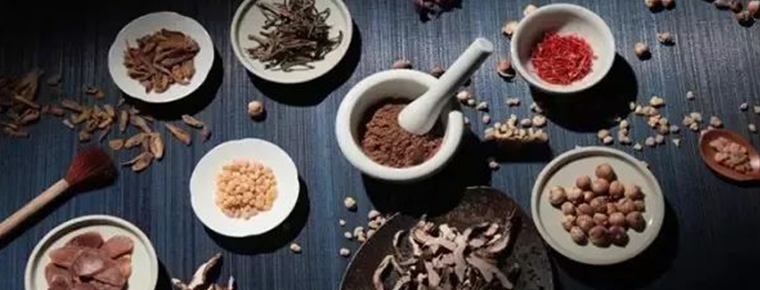
-
Fanggan Ecological Scenic Area
Fanggan Eco-tourism Area is located in Luye Township in the north of Laiwu City. It is bordered by Jinan in the north, Zibo in the East and Taian in the west. National Highway 09 is very convenient fo.
Views: 294 Time 2019-01-12 -
Hohhot Laoniuwan Tourist Area
Laoniu Bay is located at the entrance of Shanxi-Shaanxi Grand Canyon. This is the Great Wall, the only typical parallel section of the Yellow River. The widest part of the river is not more than 100 m.
Views: 160 Time 2019-01-16 -
Xisha Wetland of Pearl Lake
Located in Luhua Town, west of Chongming Island, Shanghai Mingzhu Lake is the largest natural inland lake on the island. It is also the main area of western water recreation .
Views: 156 Time 2019-02-07 -
Xigaosong Scenic Spot
Xiqiaosong Scenic Area is located at the foot of Tianjing Mountain, 13 kilometers west of Chengxian County, in the middle of Yuqiaoxia, a national AAAA-level tourist attraction.
Views: 188 Time 2019-02-25 -
Taiping Drum in West Beijing
Taiping Drum, a folk dance in Mentougou District of Beijing, is one of the national intangible cultural heritage..
Views: 117 Time 2019-05-07 -
Mongolian yurt building skills
Mongolian yurt building skills, the traditional local skills of Xiwuzhumqin Banner and Chenbalhu Banner in Inner Mongolia Autonomous Region, one of the national intangible cultural heritage..
Views: 112 Time 2019-06-03 -
The legend of Qiren worrying about heaven
On November 11, 2014, the legend of Qiren worrying about heaven was approved by the State Council to be included in the fourth batch of national intangible cultural heritage list..
Views: 267 Time 2019-06-10 -
Soviet Opera
Su Opera is a combination of Huagu Tanhuang, Nanci and Kunqu Opera. It is popular in the urban and rural areas of southern Jiangsu and Northern Zhejiang. Its predecessor, Sutan, was originally called .
Views: 73 Time 2019-06-16 -
Traditional Manufacturing Techniques of Preserved Vegetables
Fuling mustard was created in Guangxu 24 years of Qing Dynasty (1898). It has been popular with consumers since it came out, and its influence has been increasing. Fuling traditional handcrafted musta.
Views: 151 Time 2019-07-16 -
Firing Techniques of Copper Official Ceramics in Changsha Kiln
Changsha kiln copper official ceramics firing technology, Hunan Province's traditional handicraft, one of the national intangible cultural heritage..
Views: 223 Time 2019-07-25 -
Jianshan natural scenic spot
Jianshan scenic spot, located in the west gate of Zigong, Yandu city and rongbian town of Ziliujing District, is a provincial-level natural scenic area in Sichuan Province. .
Views: 349 Time 2020-10-15 -
Summary of Deyang
In 2018, Deyang's GDP reached 221.39 billion yuan, an increase of 9.0% over the previous year at comparable prices. The total economic output has exceeded 200 billion yuan, with per capita GDP of 62569 yuan. Among them, the added value of the primary industry.
Views: 336 Time 2020-12-14
